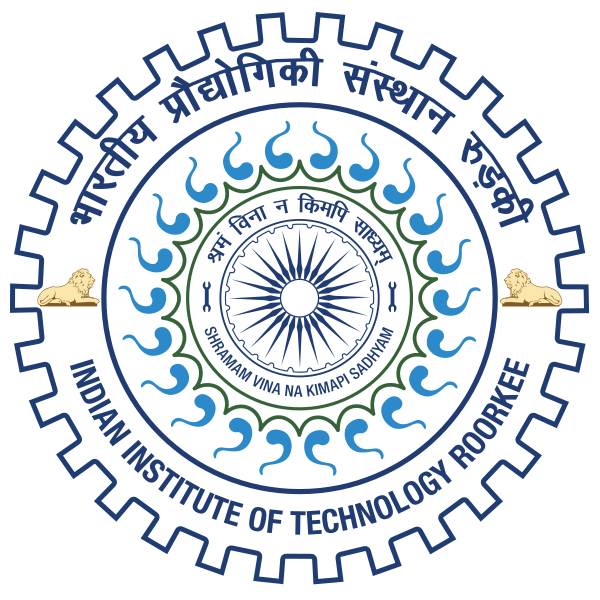Please use this identifier to cite or link to this item:
http://localhost:8081/jspui/handle/123456789/18377| Title: | SUSTAINABLE GREYWATER TREATMENT THROUGH ADSORPTION AND ELECTROCOAGULATION PROCESS |
| Authors: | Patel, Pushpraj |
| Issue Date: | Jan-2023 |
| Publisher: | IIT, Roorkee |
| Abstract: | Globally, increasing water demand due to increasing population and industrialization has become a serious concern. Researchers are looking for alternatives to meet the demand for freshwater consumption. The greywater has potential to lessen the stress on freshwater by its re-utilization for nonpotable purposes after its successful treatment. Greywater refers to domestic wastewater generated in households or community/office buildings from streams without fecal contamination, i.e., all streams except the wastewater from toilets. Apart from different conventional (physical, chemical, and biological) techniques for greywater treatment, the adsorption as well as electrocoagulation system has shown promising results. The abundantly available biomass in a country can be used for the production of biochar by pyrolyzing the biomass. Additionally, surface modification using chemicals such as zinc chloride may enhance the adsorption efficiency of the biochar-derived adsorbent. The dehydration effect of zinc chloride, together with chemical reactions (such as itching) occurring between the carbon surface and the intercalated zinc chloride in the biomass matrix, result in the development of new pores as well as the widening of the existing pores facilitating the removal of pollutants. On the other hand, the electrocoagulation process offers simpler and more efficient treatment due to its compactness and economic competitiveness over conventional processes, particularly with regard to hydraulic retention time, less production of sludge and simplicity in operation and mechanism. In the electrocoagulation process, coagulants are electrochemically produced by the oxidation of metallic anode and hydrogen gas is produced on the cathode surface. The produced coagulants form flocs, which remove pollutants from wastewater by entrapment, adsorption, and precipitation mechanisms. |
| URI: | http://localhost:8081/jspui/handle/123456789/18377 |
| Research Supervisor/ Guide: | Mondal, Prasenjit |
| metadata.dc.type: | Thesis |
| Appears in Collections: | DOCTORAL THESES (Chemical Engg) |
Files in This Item:
| File | Description | Size | Format | |
|---|---|---|---|---|
| PUSHPRAJ PATEL 17908017.pdf | 12.77 MB | Adobe PDF | View/Open |
Items in DSpace are protected by copyright, with all rights reserved, unless otherwise indicated.

